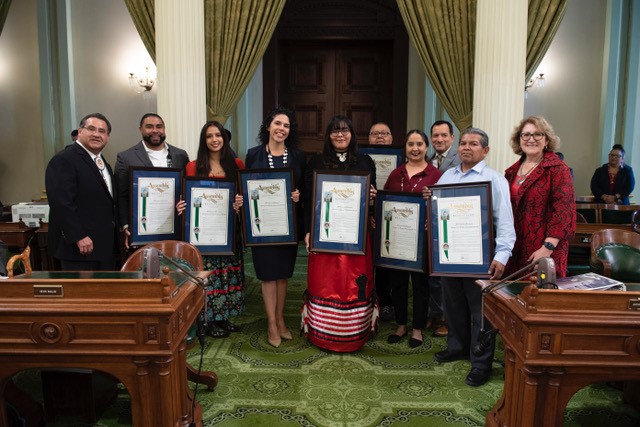
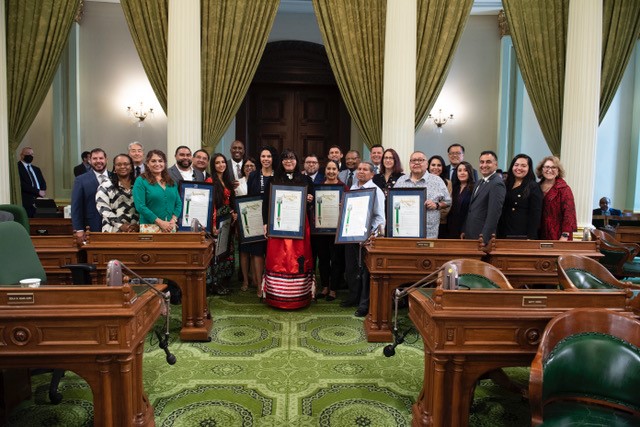
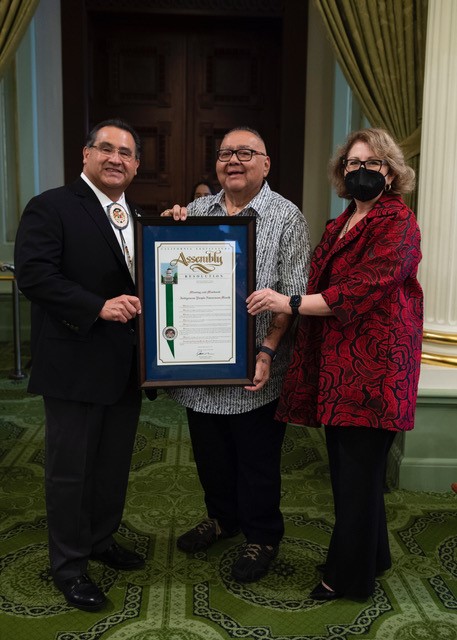
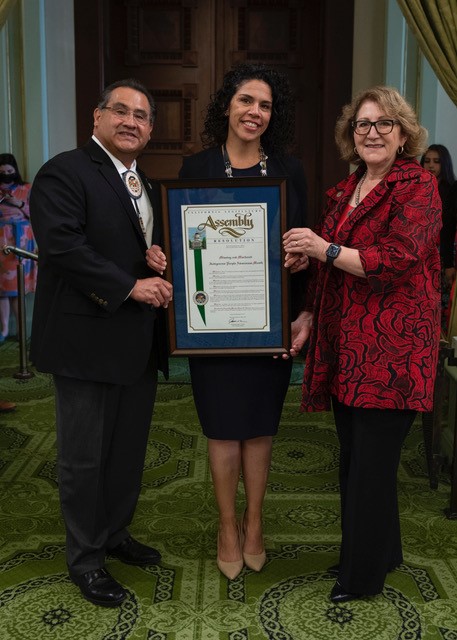

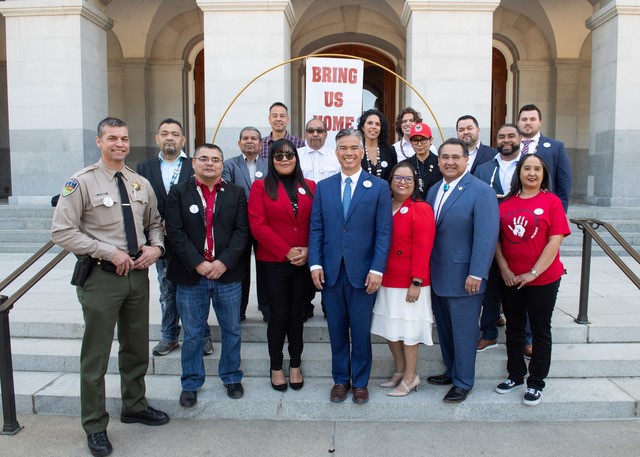
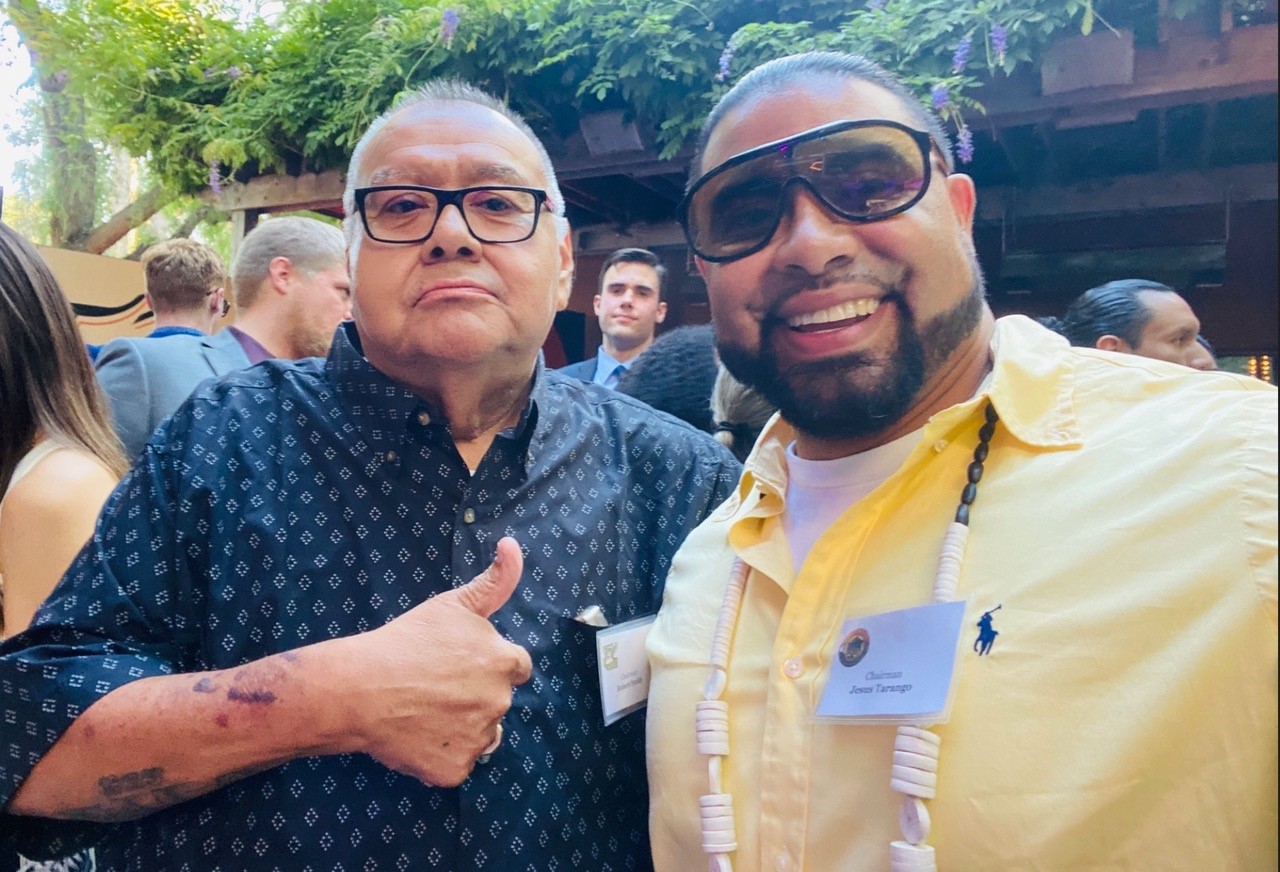
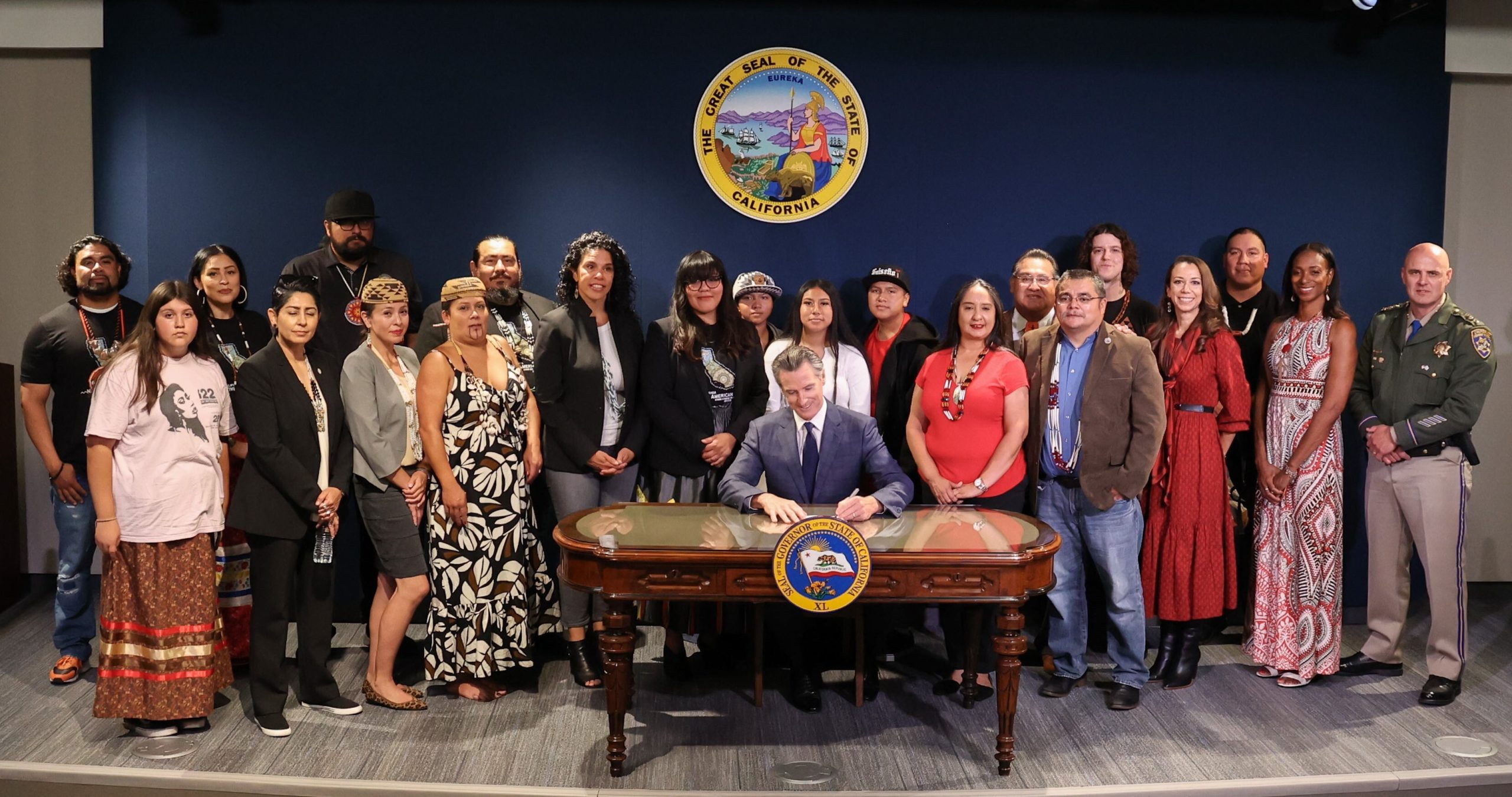













Advancing Our Future Through Partnership
Our sovereignty is the foundation from which we can build productive relationships based on mutual respect and cooperation.
Our future success is tied to coalition building and business development with like-minded native and non-native government, business, and community leaders.

Safeguarding Our Inherent Rights to Strengthen Our Sovereign Governments and Tribal Economies
Our partnerships are essential to preserve our status as sovereign nations and to advance policies and programs to benefit our peoples, partners, and neighboring communities.
Native American tribes’ rights as sovereign nations stem from their sovereign status as the first inhabitants of North America.
Native American tribes’ inherent sovereign status existed long before America was colonized, and are retained by virtue of the tribes’ prior and continuing sovereign status.
In recognition of tribes’ sovereign status, the United States Constitution reserved to Congress the power to regulate commerce with Indian tribes. The United States Constitution and case law reaffirm Native American tribes’ inherent rights as sovereign nations, including most importantly, the right to govern our own lands and people.
Guiding Principles and Concepts
Recognition & Partnership
‘Government Solutions’ to Public Policy Concerns shouldn’t be limited or construed to only mean ‘Federal, State, and Local Government Solutions.’ To derive the best ‘Government Solutions’ to Public Policy Concerns requires bringing all stakeholders and resources to the table.
‘Government Solutions’ should be recognized & construed to mean ‘Federal, Tribal, State, and Local Government Solutions.’
Tribes are economic inducers to communities, provide jobs, healthcare, emergency response, etc., and are vital members of communities. Furthermore, tribes are generally located in rural areas and the services provided often help alleviate some of the burden placed on state and local government budgets and services.
Tribes should be integrated into the ‘fabric of government’ to derive the best ‘Government Solutions’ for California and California communities.
Engage Tribes in Direct & Meaningful Ways
Tribes are unique. Tribes are sovereign nations and, in California, are proud citizens of their respective tribes, and proud Californians and Americans, too. As an example, Native Americans serve in the United States Armed Forces at a higher percentage (5-times higher) than any other ethnic group in the United States.
As governments, Tribes are implementing many, if not all, of the same programs as other governments to improve the lives of their people, and people in their neighboring communities.
Tribes want and need to be included in direct and meaningful ways in the development and implementation of policies and programs to help derive the best solutions. Tribes don’t want to receive a call or be contacted, just for someone to check a box and say they contacted or ‘consulted’ with tribes.
Tribes want to be engaged in earnest, contribute to discussions, and thereby be able to take ownership and have buy-in of the proposed solutions, and not be placed in a position of an outsider, critic, or opponent.
Even if a decision pursuant to consultations is contrary to a tribe’s position, as long as tribes engage in meaningful discourse and provide input, they’ll be more understanding and accepting of a decision. And, it is more than likely to be a better end-product if tribes are engaged in the discussions.
Finally, the communications and consultations should be direct with Tribal leaders. No one will know the issues better or fight harder than Tribal leaders on policies or programs that effect their tribe and neighboring communities.
Establish an Overarching Construct for Tribal Engagement & Inclusion
The State of California has three separate but equal branches of government, and there are various levels of government; federal, state, county, local, special districts, etc.
Tribes have varying levels of resources and staffing capacity to optimally run their governmental programs and engage the breadth of other governments. In addition, the various governments with whom tribes engage have similar resource and staffing capacity issues, particularly to engage tribes.
What seems to work best, in terms of tribes effectively engaging their non-native government counterparts, is when their counterparts have known and dedicated contacts who focus singularly on tribal issues, and perform direct outreach with tribes to maintain the flow of communications to keep tribes up-to-date on matters and solicit tribal input.
There are instances when major non-native government initiatives are not carried out effectively, defeating the purpose of the initiative, because tribes are not informed or aware of the development or implementation of the initiatives.
Non-native governments should establish in their executive offices dedicated positions that report directly to the head of each office, to facilitate effective tribal inclusion and engagement.
Appropriate Factors for recognizing a group as a Tribe for the purposes of legislation or public policy
Proposed legislation or public policies may relate to specific rights, privileges, lands, etc., and, therefore, will dictate which groups (or definition of ‘tribes’) should be recognized in the proposed legislation or public policy.
It is becoming more common-place to see the inclusion of a ‘pointer’ to ‘the list of Tribes maintained by the Native American Heritage Commission’ in legislation or proposed public policies; however, the ‘pointer’ to this definition may not be appropriate, at times.
Non-federally recognized tribes are not recognized as tribal governments by the United States, do not have the same rights or authorities as federally-recognized tribes, nor do they have Indian lands.
In instances when proposing legislation, policies or programs that will provide grants to build infrastructure for tribal governments and surrounding communities, for example, it does not seem appropriate to use the ‘pointer’. In other instances, like under NAGPRA, it does seem more appropriate. Proposed policies and programs should be examined to determine when it is appropriate to use the ‘pointer.’
